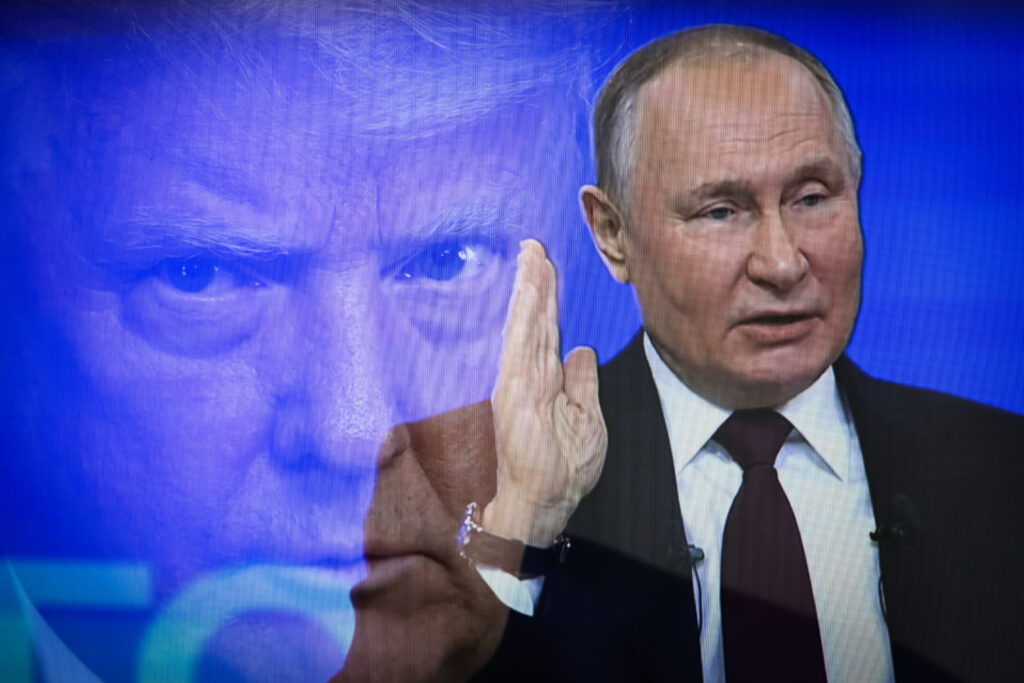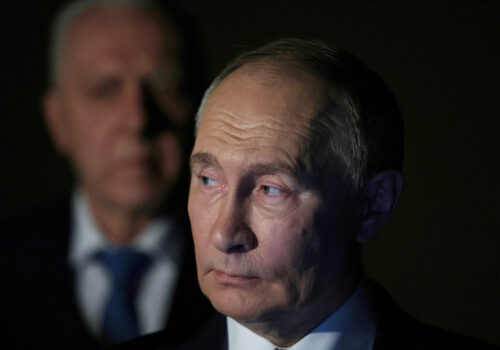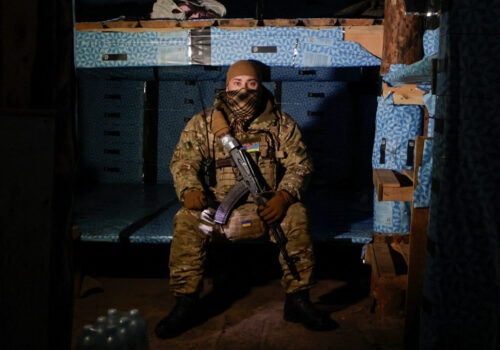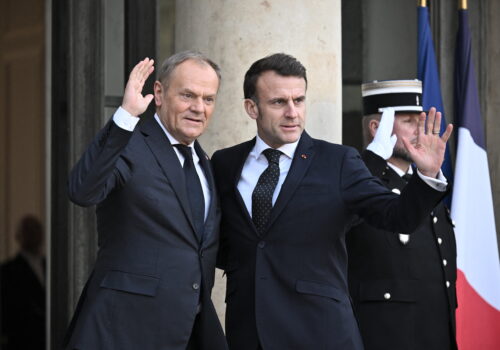The Trump administration is seeking to reset relations with Russia as part of a comprehensive shift in US foreign policy. While advocates say this reflects changing geopolitical realities, past experience suggests a successful reset may be easier said than done.
Since the end of the Cold War, successive United States governments have sought Russia resets. Perhaps the most famous example came in 2009, when US President Barack Obama and Secretary of State Hillary Clinton initiated a highly-publicized effort to develop a new Russia strategy. Their administration envisaged renewed cooperation with Russia on a range of issues such as counter-terrorism, non-proliferation, and the illicit trafficking of goods and people.
The challenges of communicating with the Kremlin were evident from the very outset. In a moment of poetic irony, Secretary Clinton and Russia’s Foreign Minister Sergei Lavrov staged a photo-op pressing a big red button that was meant to say “reset” in Russian. However, the label had been mistranslated and actually read “overload.” This was to prove prophetic, with bilateral relations soon trending toward confrontation rather than cooperation.
Stay updated
As the world watches the Russian invasion of Ukraine unfold, UkraineAlert delivers the best Atlantic Council expert insight and analysis on Ukraine twice a week directly to your inbox.
In addition to often conflicting foreign policy agendas, the leaders of the United States and Russia also operate in very different political realities. When US presidents are elected to office and their party controls Congress, they only have two surefire years to forge new policy, positively impact American lives, and set the course for their re-election. During that short time frame, US policymakers often face difficult decisions under extreme pressure from their constituents. Unfortunately, success through innovation requires a willingness to fail.
In comparison, Russian politicians do not compete against the clock in the same manner. They seldom face hard deadlines or constraints from public opinion when implementing their policies. Just as most Soviet leaders ruled until death, today’s Russian leaders like Vladimir Putin and Sergei Lavrov have remained in their roles for decades. Russia’s security apparatus, the true source of political power in the country, has been loyal to Putin since the very beginning of his reign.
Developing a holistic strategy toward Putin’s Russia has been more complicated than dealing with other regions because traditional playbooks do not apply. The United States has not been willing to pursue a Cold War-style policy of containment, as Russia is now a global power with an internationally integrated economy. Washington has also been reluctant to pursue strategic security cooperation as it did in the 1990s because Russia has proven to be an unreliable partner, has violated the international rules-based order, and has placed American lives directly at risk.
Eurasia Center events

Despite the need to address the security challenges posed by Russia, a coordinated United States strategy to deal with the Kremlin remains elusive. Successive attempts to reset relations have failed and bilateral ties have deteriorated. It is true that the US has had a policy on Ukraine and a policy on Russia as it relates to Ukraine. However, a strategic plan to counter Russian actions globally through traditional soft and hard power tools has become politically toxic for successive US administrations.
This applies throughout US politics. While Congress maintains country-specific caucuses like the Ukraine Caucus or the Friends of Democratic Belarus Caucus, it has long been considered politically impossible to create a Friends of Democratic Russia Caucus. Until recently, no member of Congress has wanted to appear as though they were extending even a metaphorical hand toward Russia. However, that may now be changing.
Why is there such an apparent sense of urgency? Like US presidents before him, Trump is working against time. He ran for the presidency on a campaign of ending foreign wars. He also has an ambitious domestic agenda to both cut the federal workforce and drastically increase its output. Crucially, Congress must pass a budget by March 14 or the federal government will shut down, a scenario that would create explosive pressure on the Trump administration.
Trump needs a deal with Russia more than he fears the political fallout that a Russia reset could bring to his presidency. In an era where having a Russia policy has long been politically elusive, now may be the time for a dramatic shift in US-Russia relations. As the Trump administration reviews the US approach to international aid and diplomacy, all eyes will be on how they navigate relations with America’s long-time geopolitical rival and the potential consequences for the future of Ukraine.
Leah Nodvin is a national security specialist with extensive experience covering issues related to foreign affairs, defense, trade, and geopolitical risk.
Further reading
The views expressed in UkraineAlert are solely those of the authors and do not necessarily reflect the views of the Atlantic Council, its staff, or its supporters.

The Eurasia Center’s mission is to enhance transatlantic cooperation in promoting stability, democratic values and prosperity in Eurasia, from Eastern Europe and Turkey in the West to the Caucasus, Russia and Central Asia in the East.
Follow us on social media
and support our work
Image: Artem Priakhin / SOPA Images via Reuters Connect




